
- Cultural tourism
- Sasang Palgyeong
Sasang Palgyeong
“Sansang Palgyeong” means the 8 scenic views in the region. Each one has its own distinctive meaning as follows, and it implies the view in the past where the rivers, mountains, and people were in harmony.
- Fog in the morning on Gudeoksan Mountain Gudeokjomu(九德朝霧)
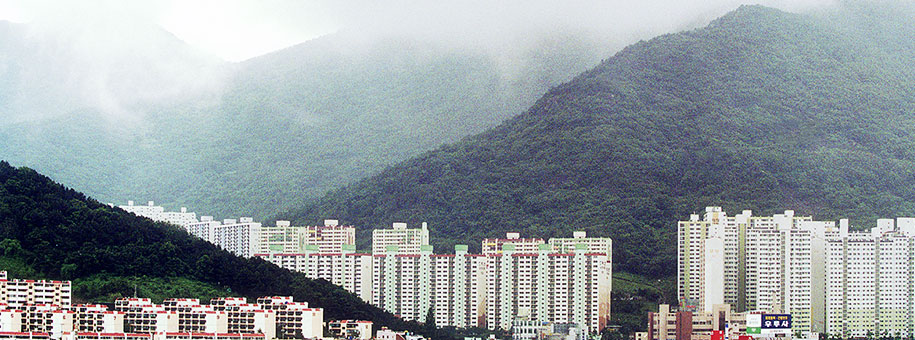
Gudeoksan Mountain is known for valleys and clean water with thick forests. The fog in the morning is said to have made a magnificent view with pine-trees on the mountain. The rising sun changed the whole mountain into a golden one, which became a superb view beyond the description.
- Fishing boats with sails coming back to ports Wonpoguibeom(遠浦歸帆)

Before urbanization, Sasang was a port where people engaged in both agriculture and fishery. For fishing, ships used to go out to the coast of Dadaepo. In the twilight, the ships with white sails, having big catches, came back to Gamjeon port or Gapo port in Samnak-dong via Eulsukdo Island. Seagulls above the white sails of the vessels, wakes by the boats and sunset made an amazing scene.
- Wild geese landing on a sand flat Pyeongsanakan(平沙落雁)

Located at the lower stream of the Nakdonggang River, Sasang frequently had floods, which led to shaping low wetlands and sand flats. It is reflected in the fact that Sa(沙) in “Sasang” is a Chinese letter, meaning sand. Thick bush and reeds had become nice places for migratory birds. Imagine a large number of wild geese landing on a sand flat in the sunset. It must have been so admirable. Due to urbanization, industrial complexes have taken the place of reeds and sand flats.
- Torchlight to catch crabs at reed fields in July Chilwolhaehwa(七月蟹火)
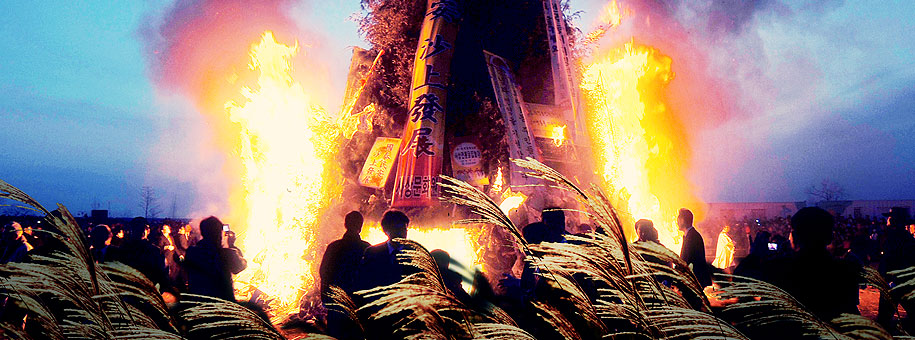
Reeds grew thick in June and July and it looked like a deep-blue carpet from a distance. At nights, people lighted torches to catch crabs, which seemed to be fireworks. The reed fields disappeared, and it is only told as an old story.
- Reed flowers on the riverbank in August Palwolnohwa(八月蘆花)
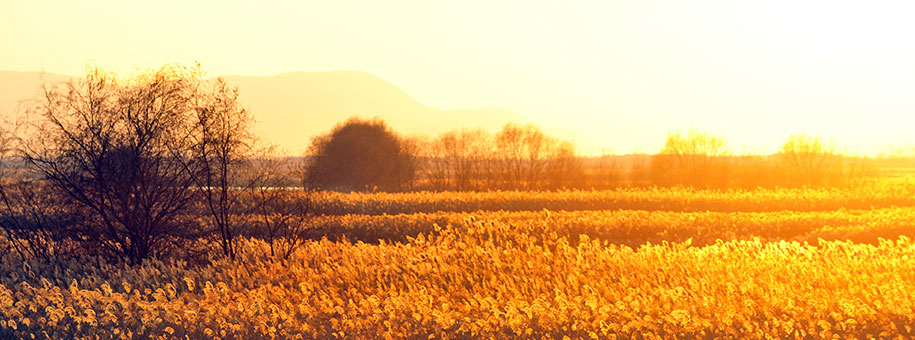
Reeds begin to bloom from August. The vast wetland in the Nakdonggang River was covered with their white-colored flowers. It looked that the whole area was coated with white flour. The reeds were an important source for people around the river. In winter, they made traditional hat or mat made of reeds and sold them on the side. But the facts don’t exist even in cultural history-books. There are only few people who know about the reed fields.
- The sunset reflected on the river Seosannakjo(西山落照)
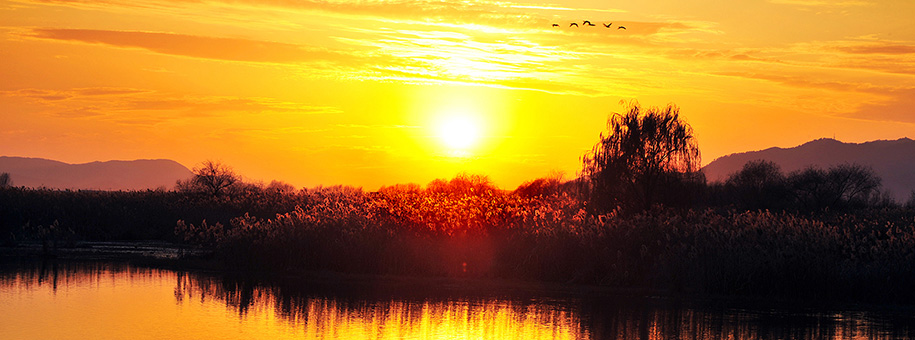
It is a sunset view around the river, which is the most beautiful among the scenes in Sasang. In clear autumn day, viewing the sunset from Sasang is more mysterious than beautiful. The ears of reeds cast their shadows on the river, and some of them are floating on it and making white waves. Way over the swaying reeds in the breeze, the foot of a mountain changes into an ink-wash-painting. The evening glow reddens the sky. It can be the ultimate in natural beauty by the river, mountains, and reed fields.
- Evening bell sounds from Unsusa Temple Unsumojong(雲水暮鐘)
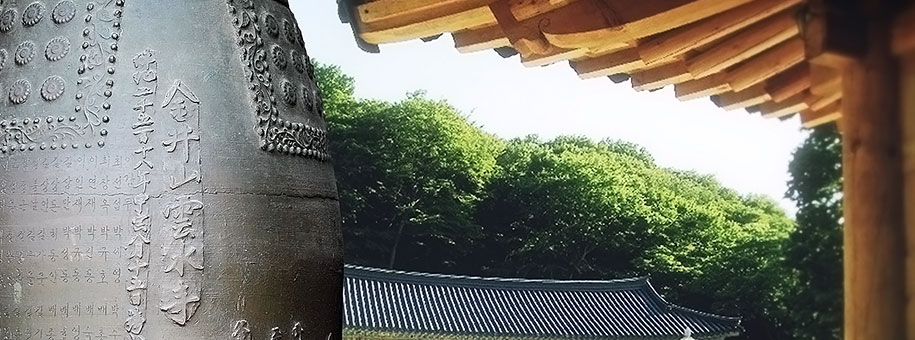
According to legend, the temple was named after a fact that fogs coming from a mineral water site in the precinct of the temple became clouds. Many years ago, the evening bell sounds from the temple spread into the world of suffer to calm the oyokchiljeong (five desires and seven passions in Buddhism, which cause all human pains). The sound, which reached Gimhae field over the Nakdonggang River, was accepted an urge to get rid of sins and reach the nirvana.
- Bright moonshine rising from Geumjeongsan Mountain Geumjeongmyeongwol(金井明月)

Geumjeongsan is a guardian mountain of Busan, which boasts its thick woods, vast silver-grass field, strange rocks and bizarre stones, old fortress site, and more. Compared to the moon rising from the sea, the moon from the Mountain has different meaning and appearance. How was the feeling to admire a moon reflected on the Nakdonggang River and another over the Mountain? A boatman on the River must have been the finishing stroke.

 CLEAR 31℃
CLEAR 31℃